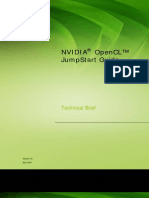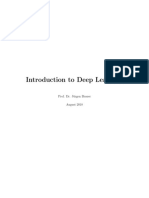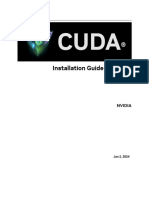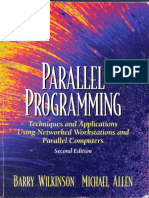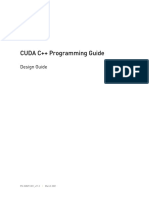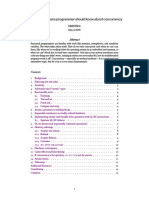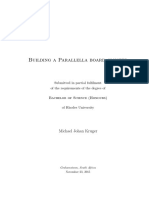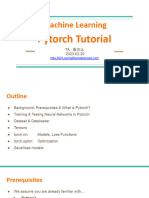0% found this document useful (0 votes)
117 views18 pagesGPUProgramming Talk
Modern GPUs are present in many computing systems and can be used to accelerate a wide range of applications. GPUs consist of hundreds or thousands of smaller cores designed for parallel processing, compared to CPUs which have fewer but larger cores optimized for serial work. Programming frameworks like CUDA, OpenACC, and libraries like cuBLAS and cuFFT allow developers to leverage the parallel capabilities of GPUs to achieve significant speedups for applications that are highly parallel and computationally intensive.
Uploaded by
RamuCopyright
© © All Rights Reserved
We take content rights seriously. If you suspect this is your content, claim it here.
Available Formats
Download as PPTX, PDF, TXT or read online on Scribd
0% found this document useful (0 votes)
117 views18 pagesGPUProgramming Talk
Modern GPUs are present in many computing systems and can be used to accelerate a wide range of applications. GPUs consist of hundreds or thousands of smaller cores designed for parallel processing, compared to CPUs which have fewer but larger cores optimized for serial work. Programming frameworks like CUDA, OpenACC, and libraries like cuBLAS and cuFFT allow developers to leverage the parallel capabilities of GPUs to achieve significant speedups for applications that are highly parallel and computationally intensive.
Uploaded by
RamuCopyright
© © All Rights Reserved
We take content rights seriously. If you suspect this is your content, claim it here.
Available Formats
Download as PPTX, PDF, TXT or read online on Scribd
/ 18


